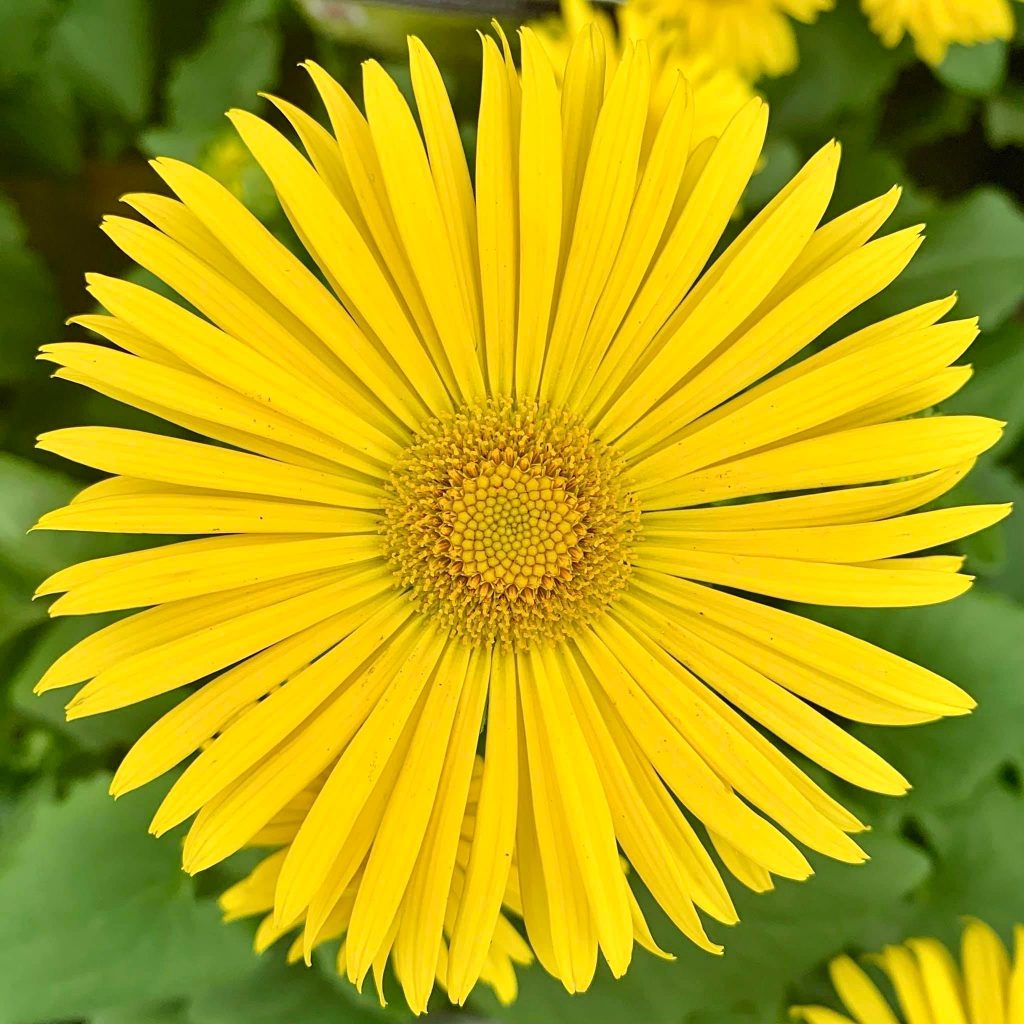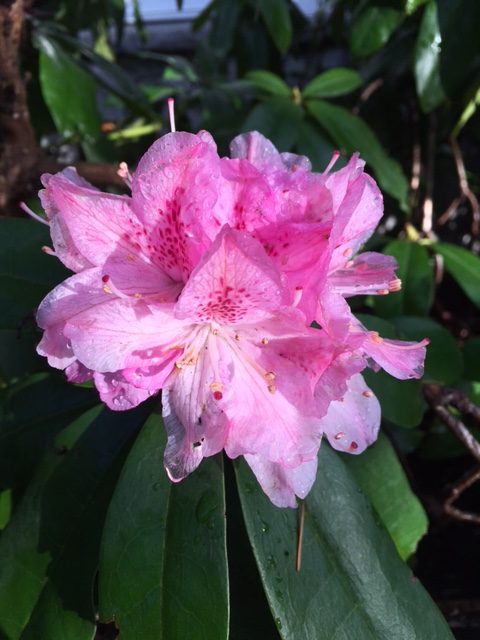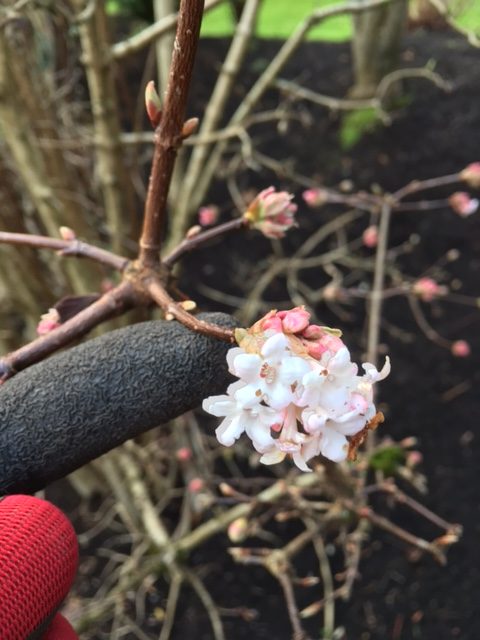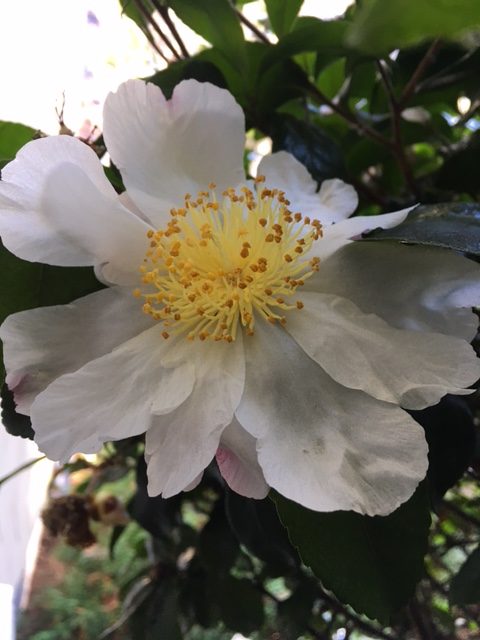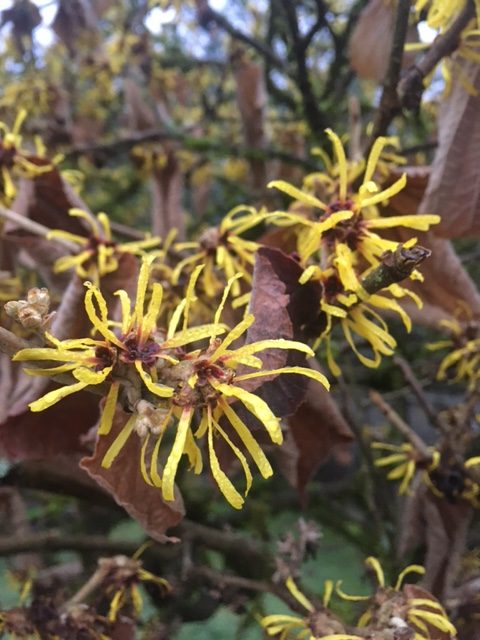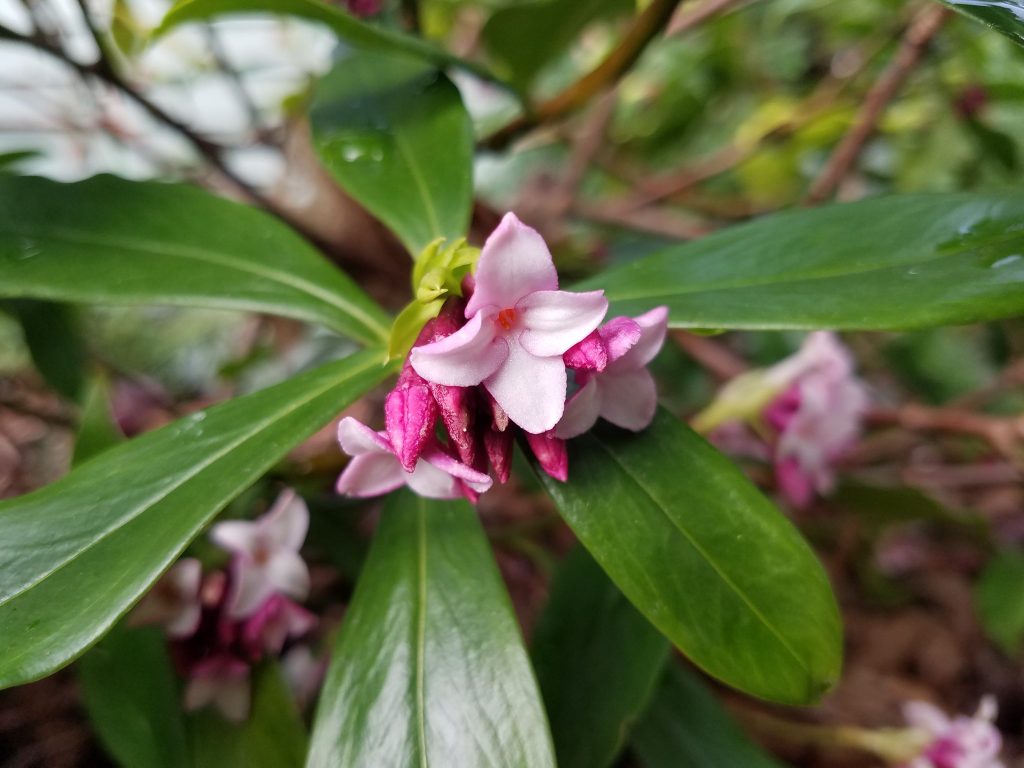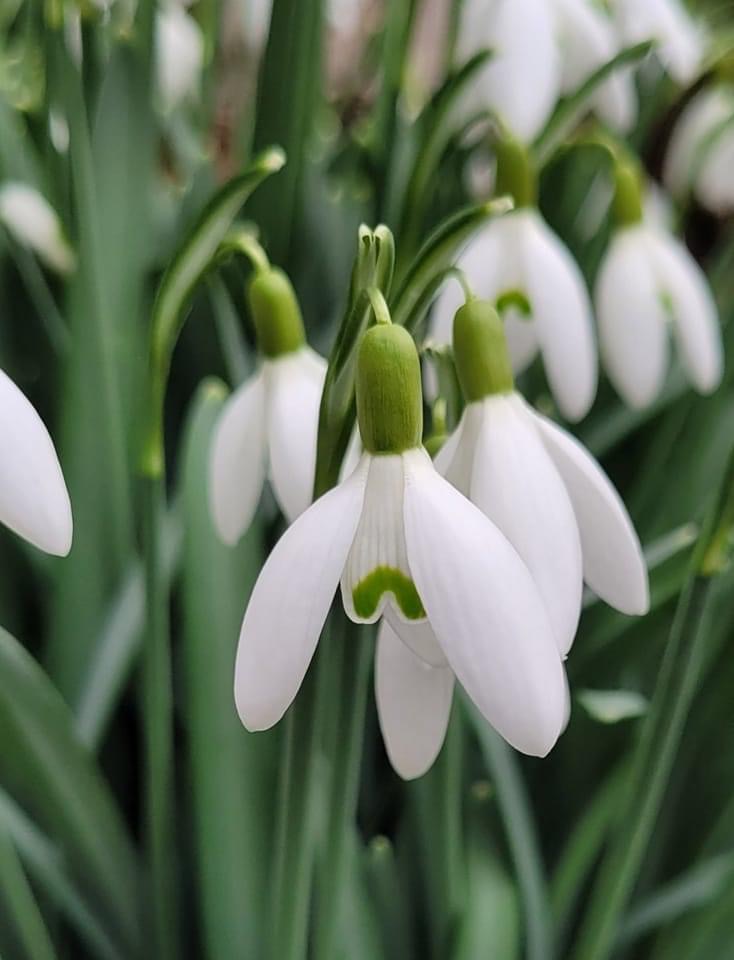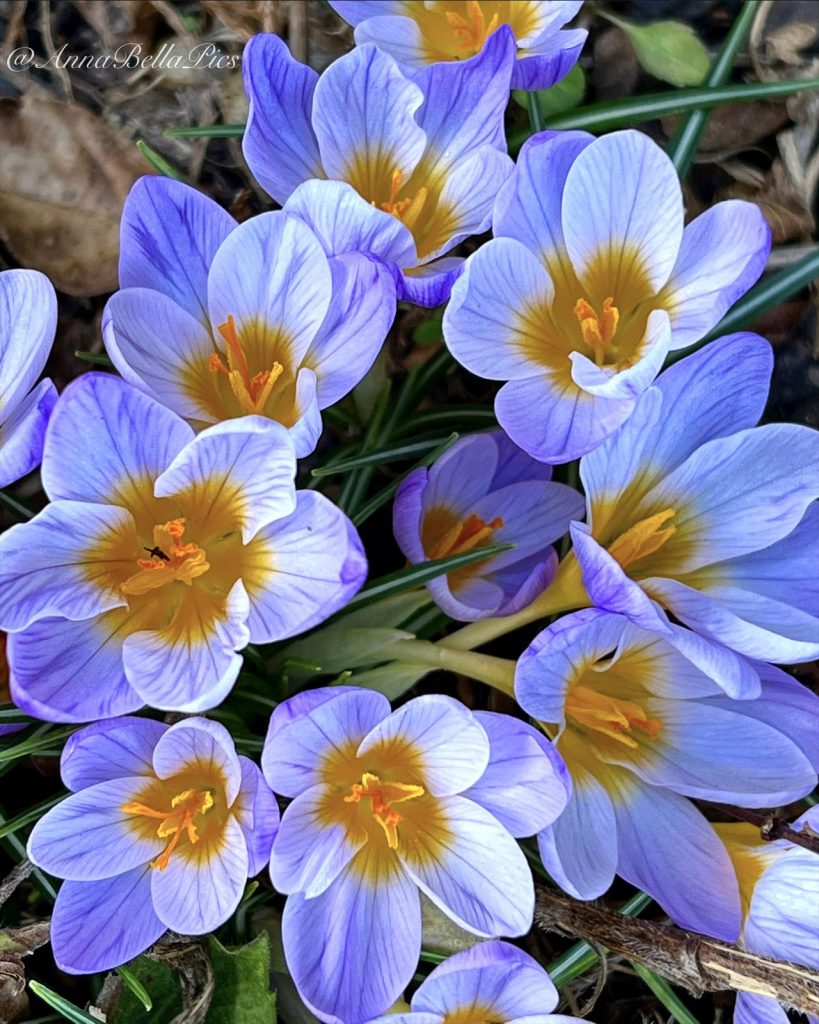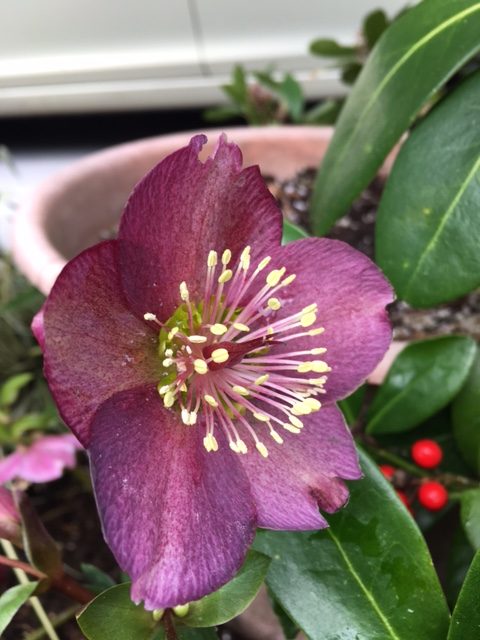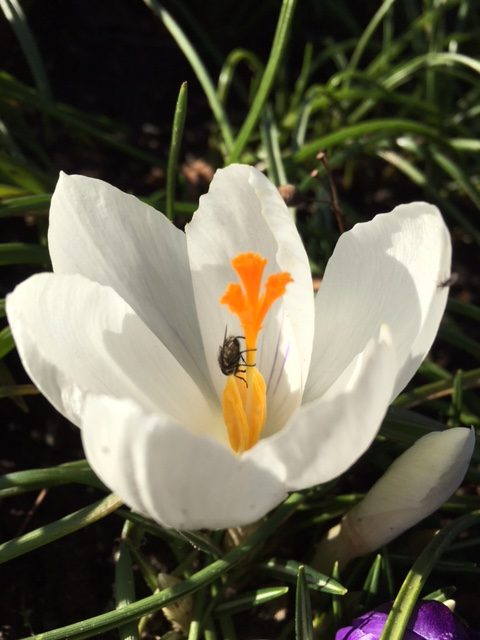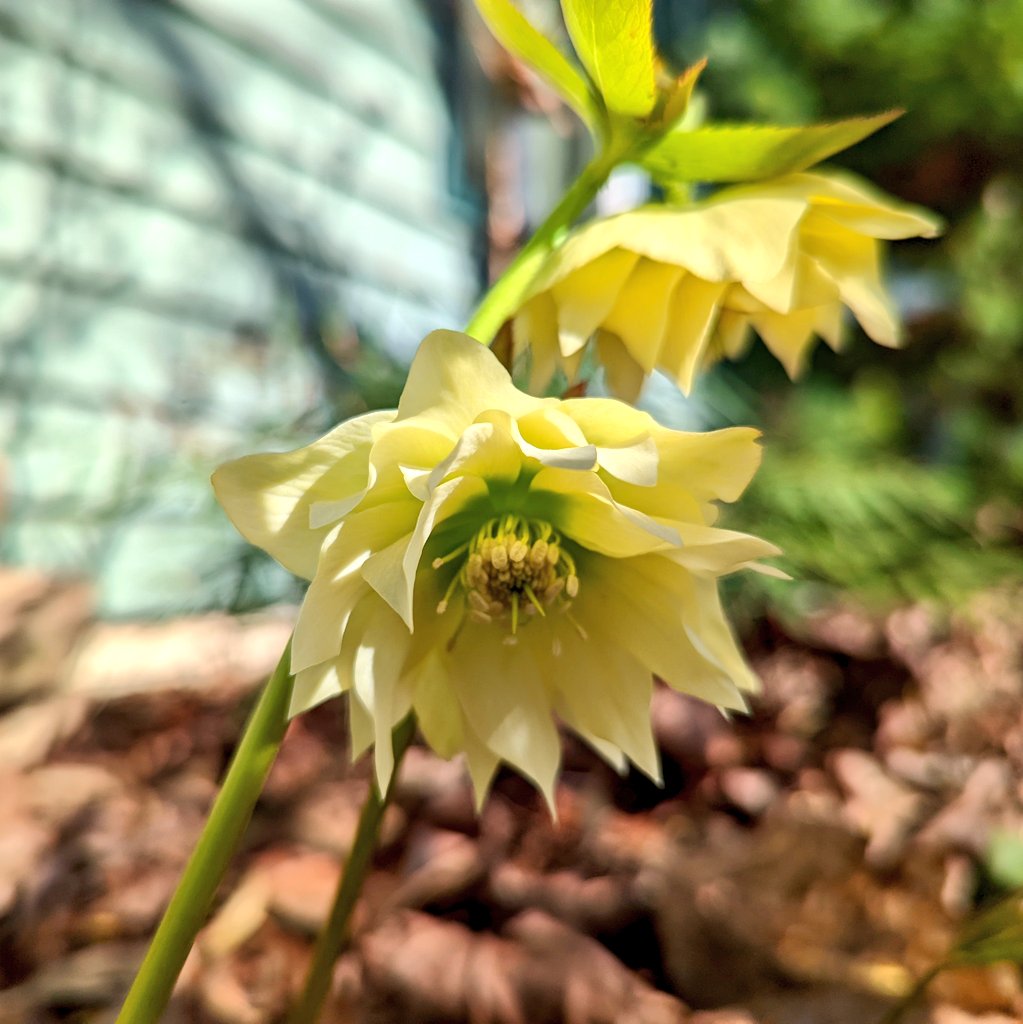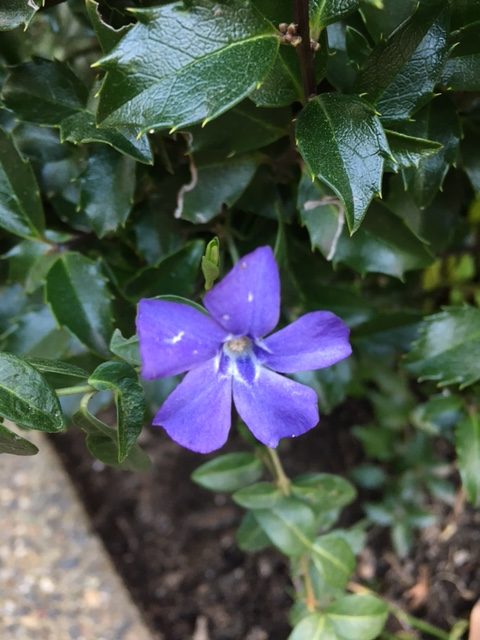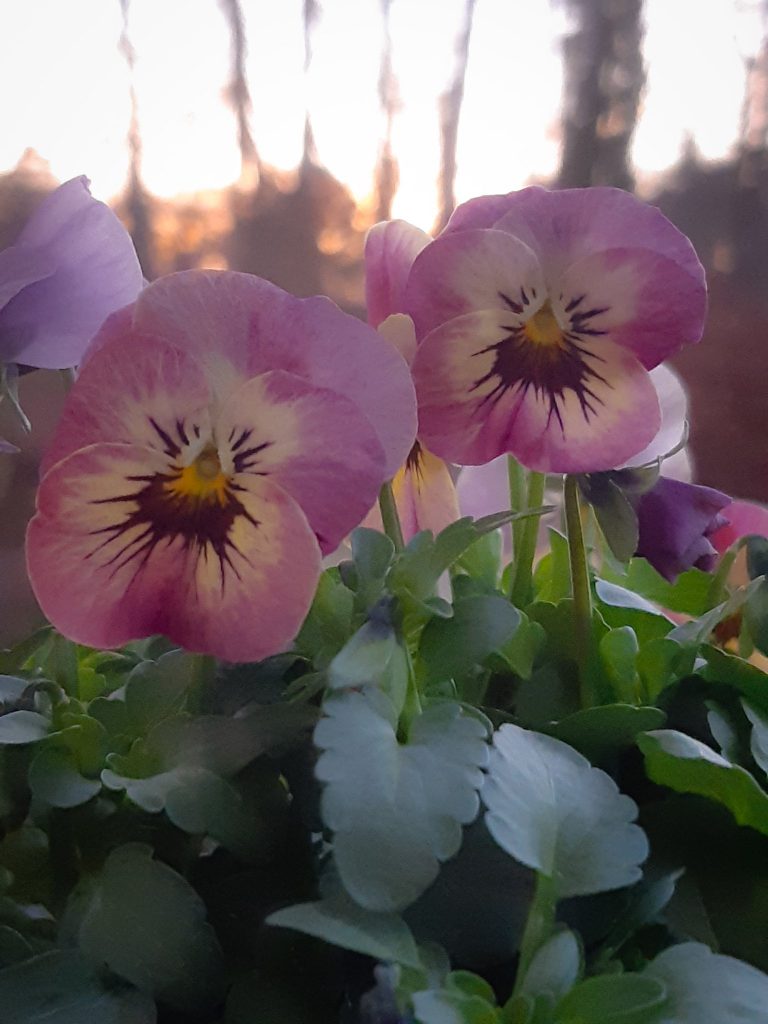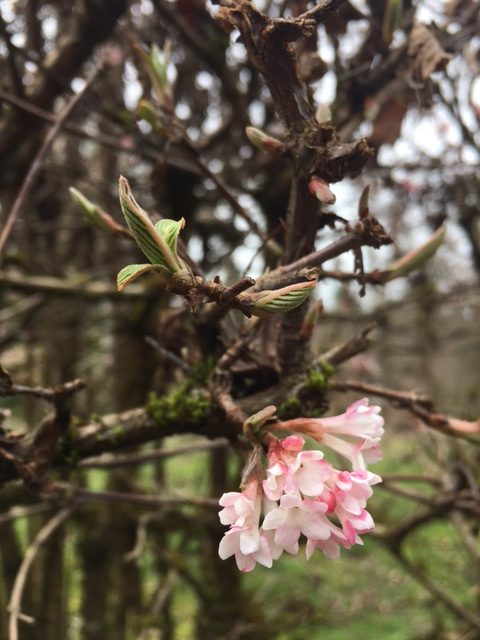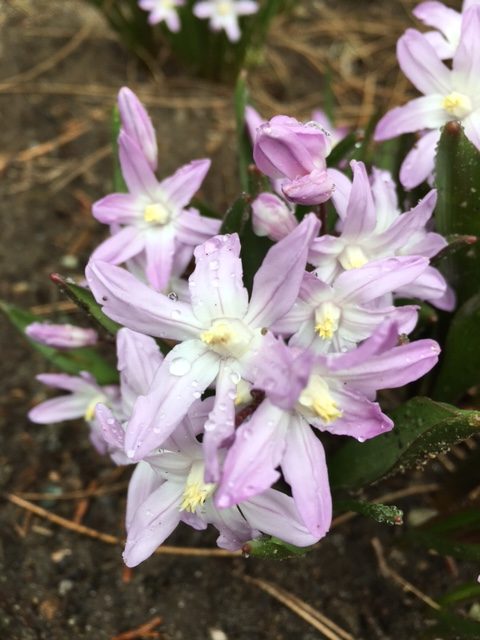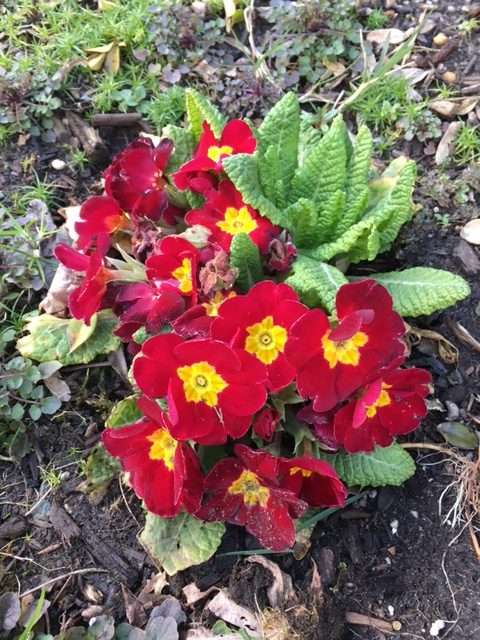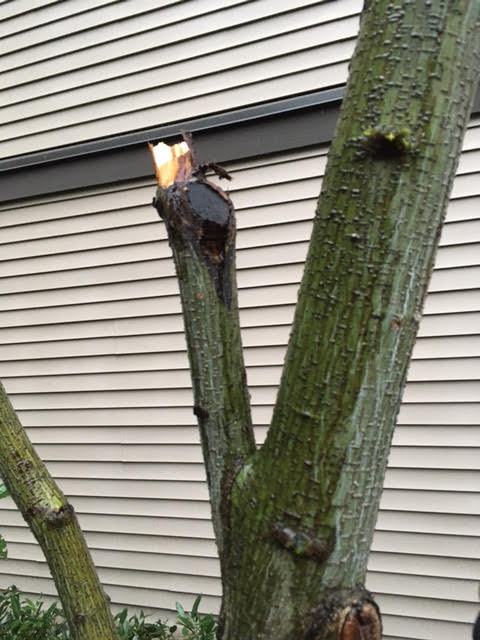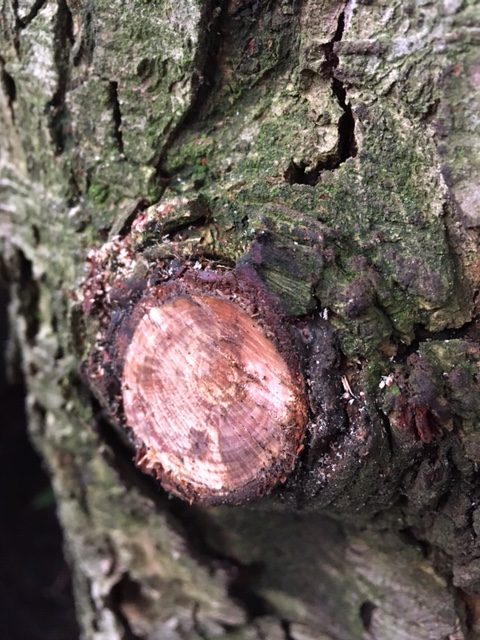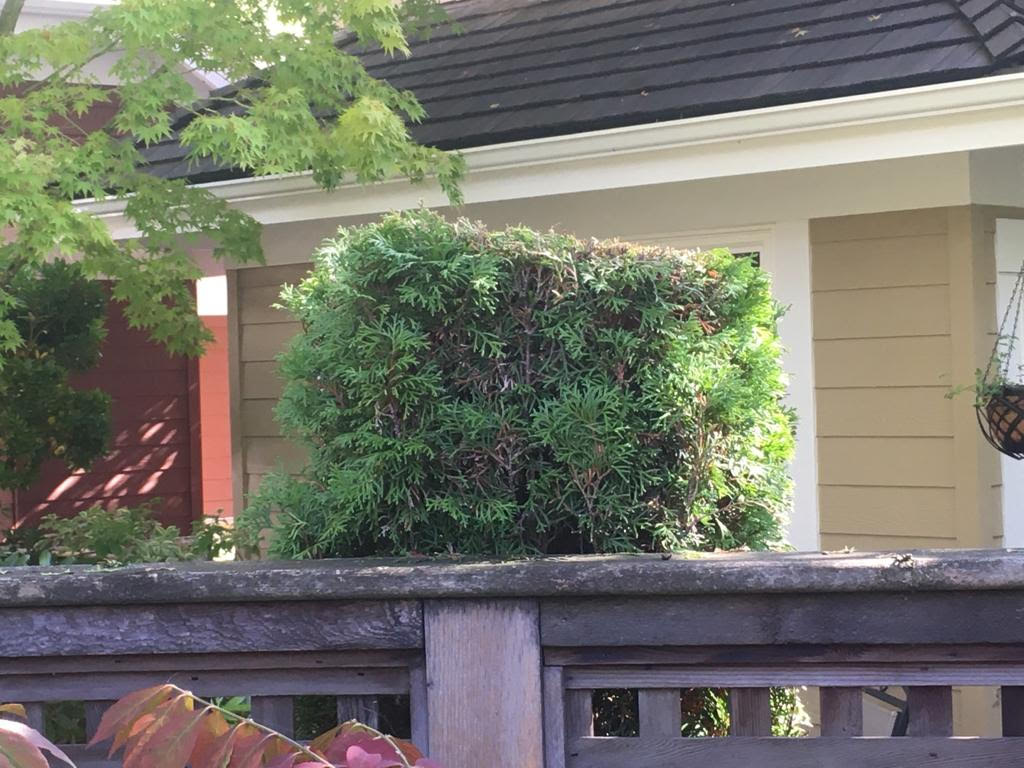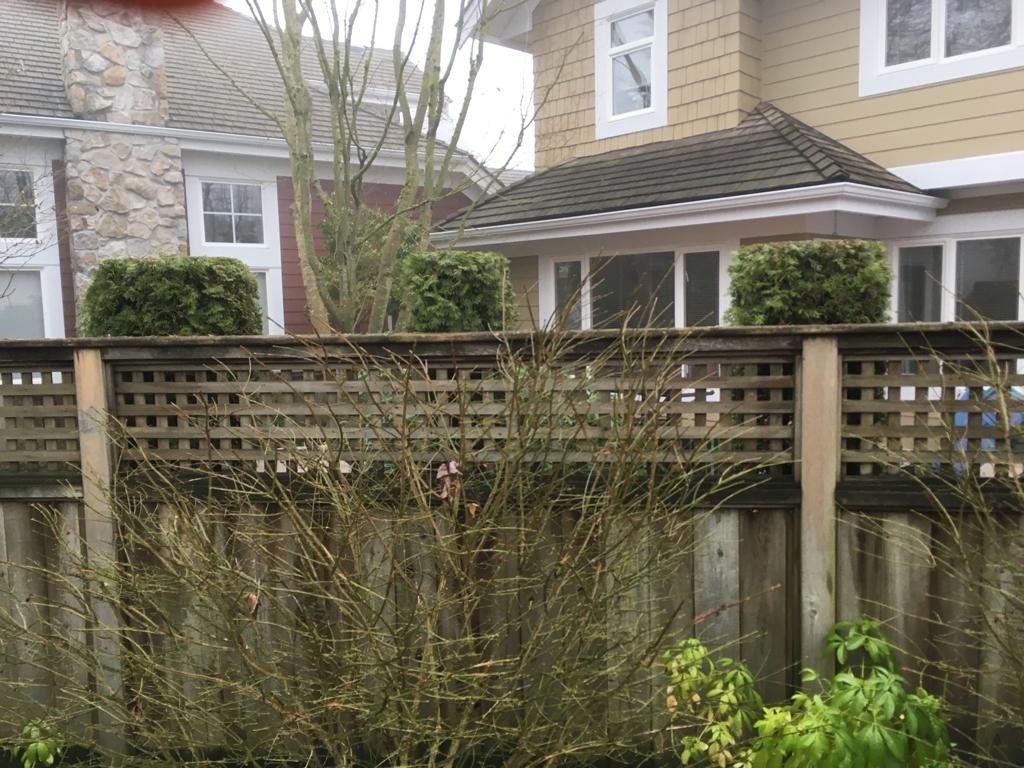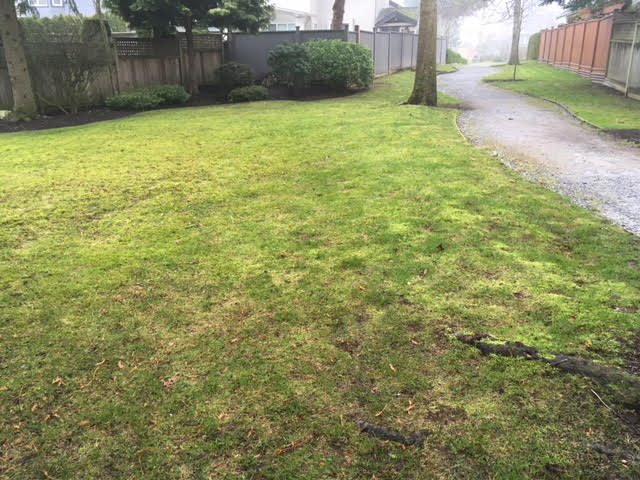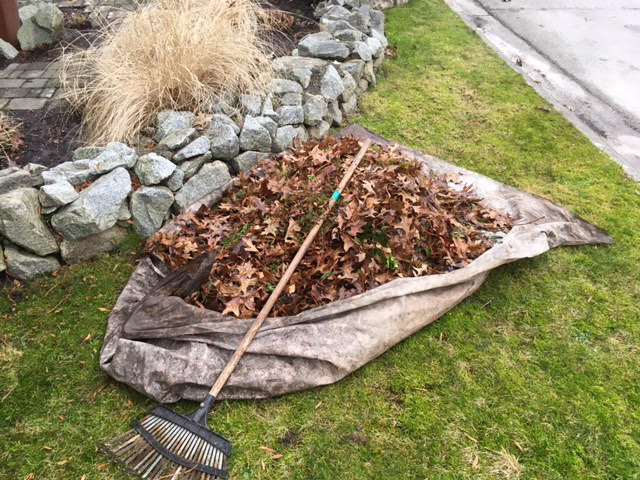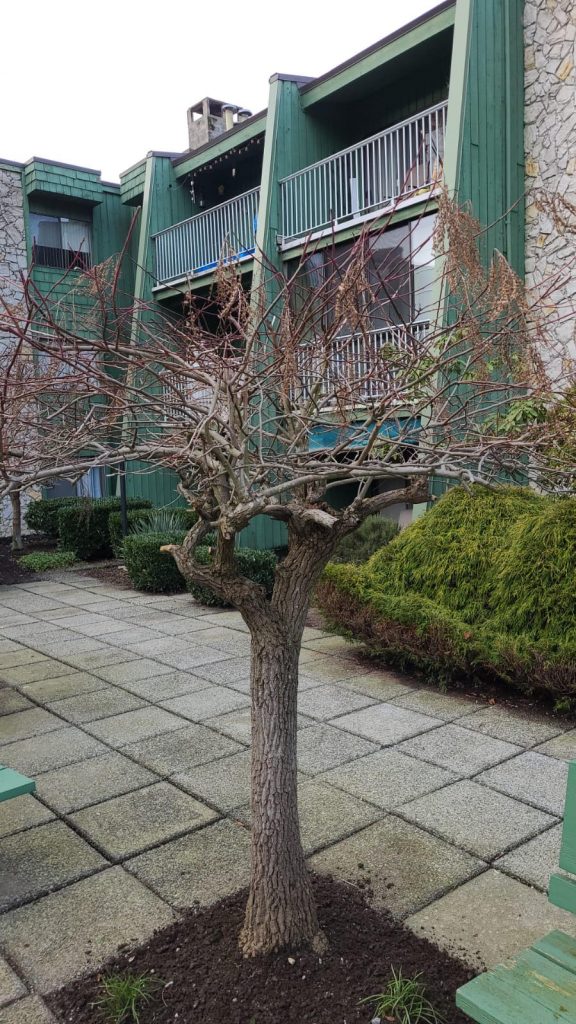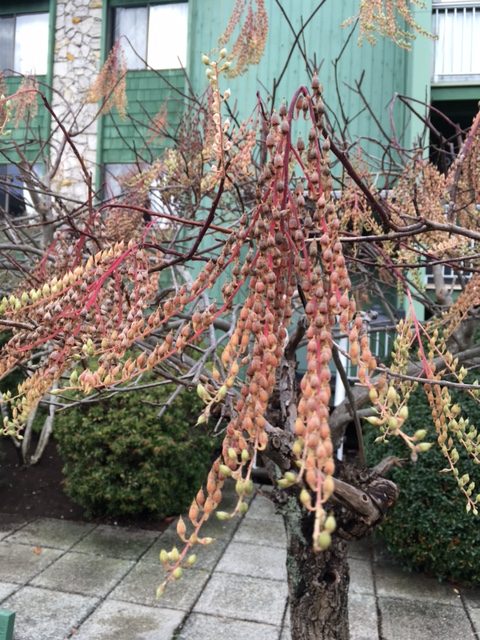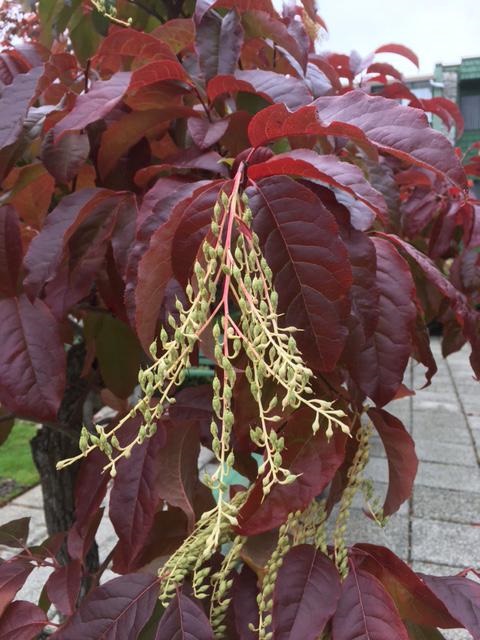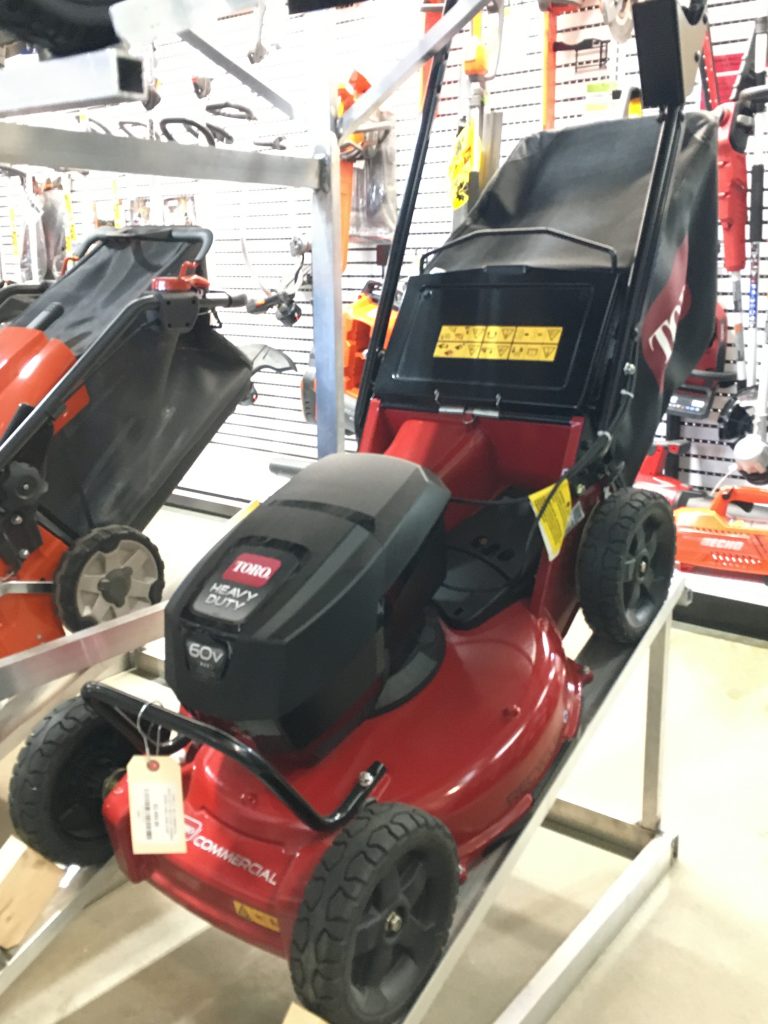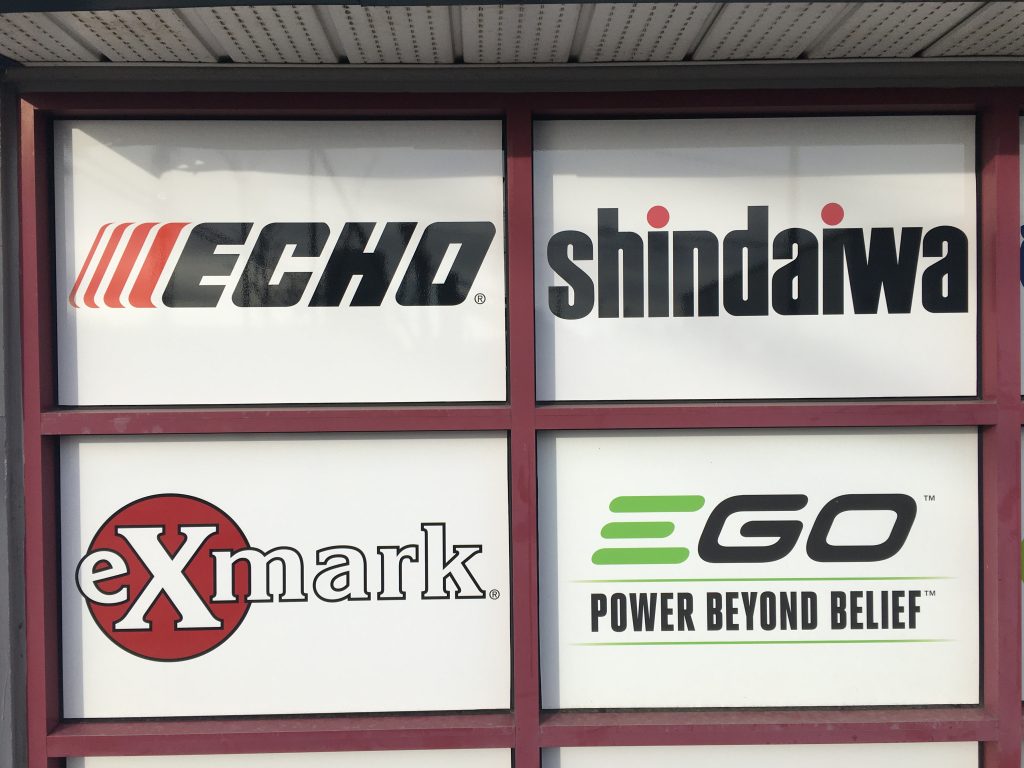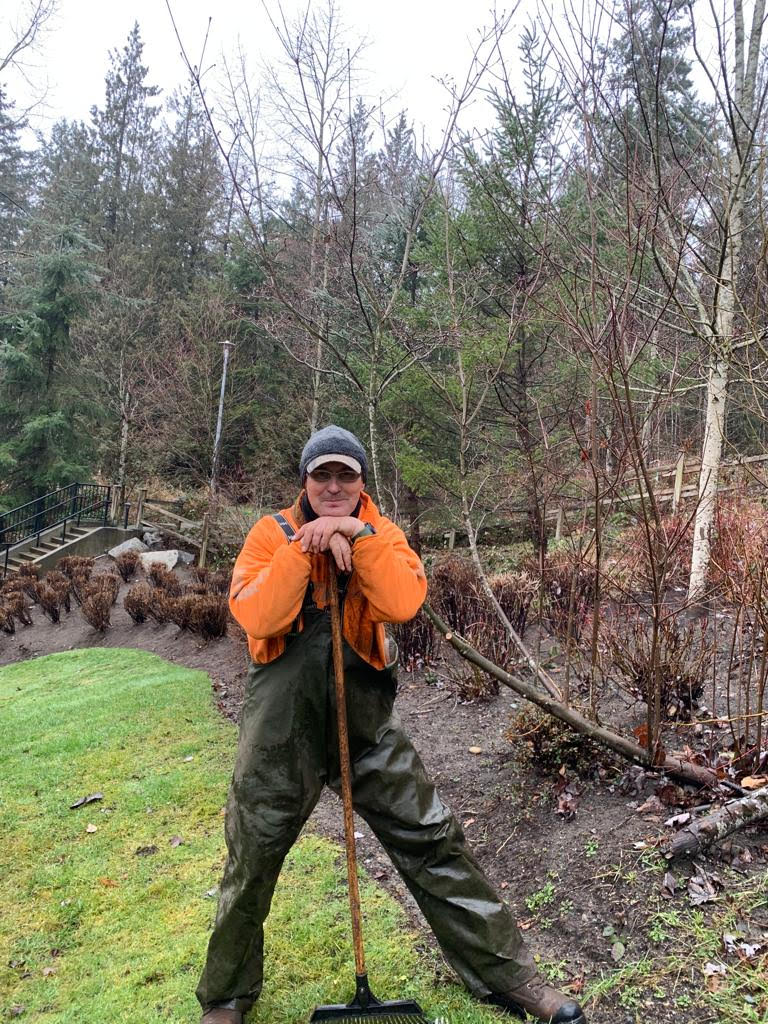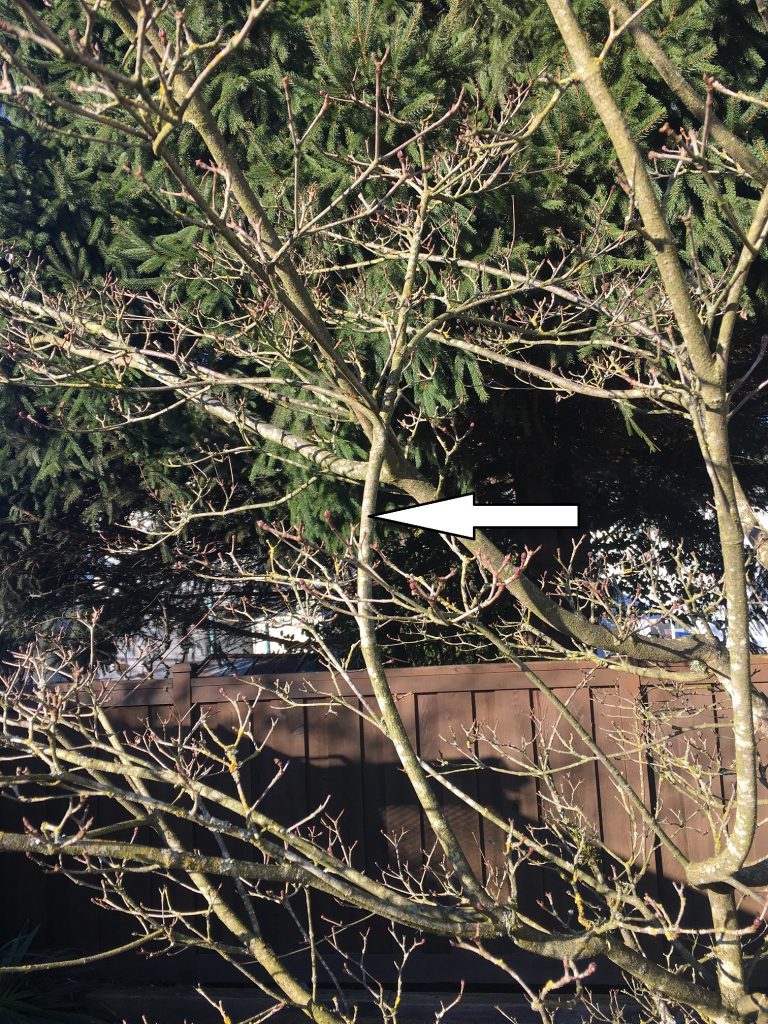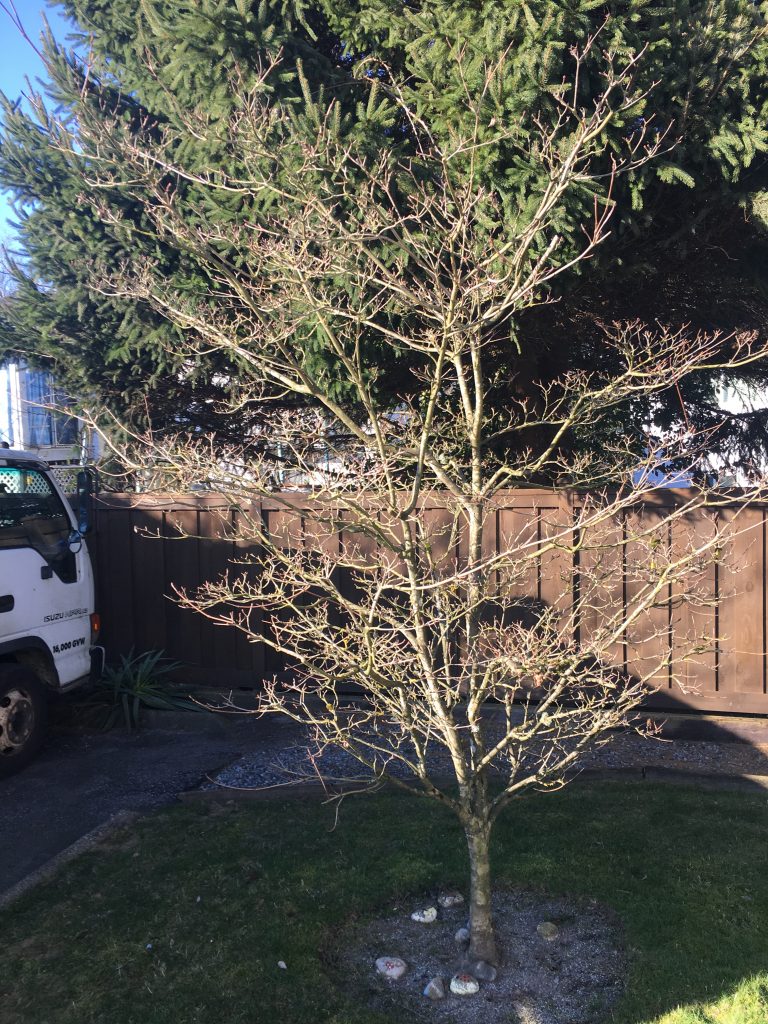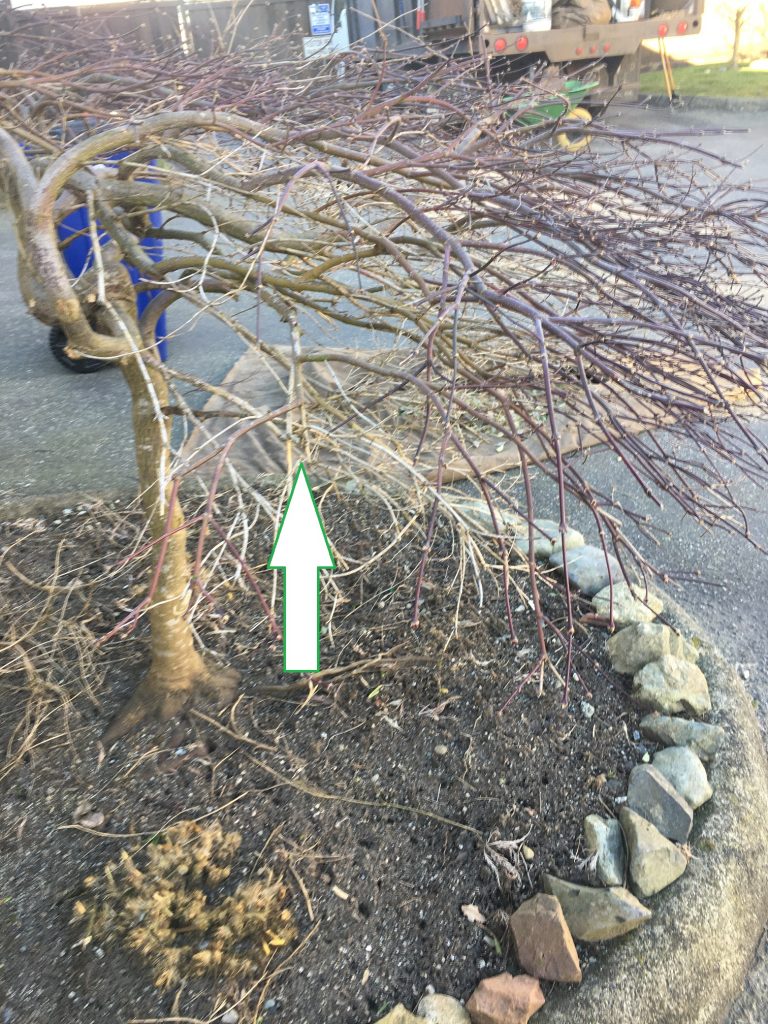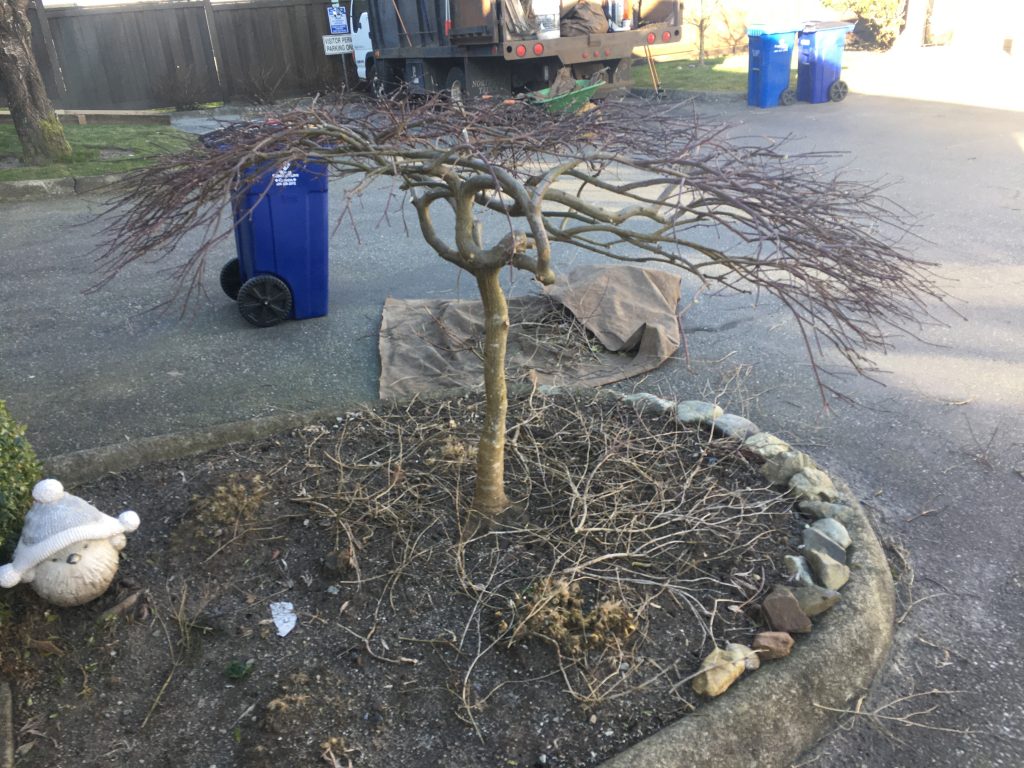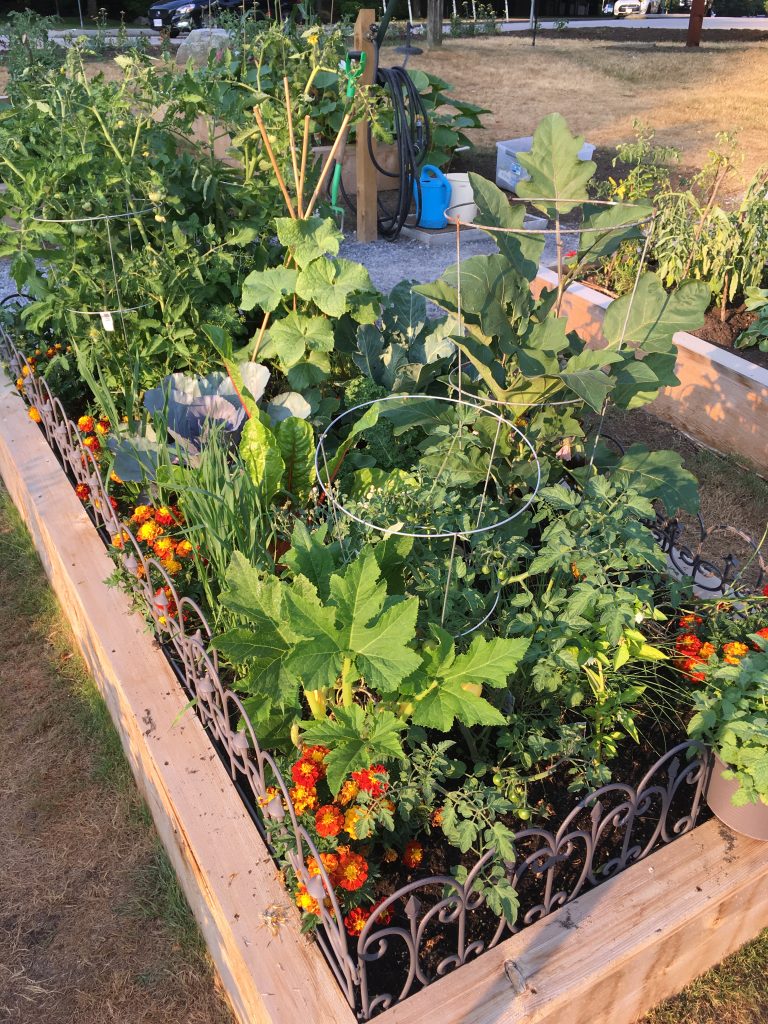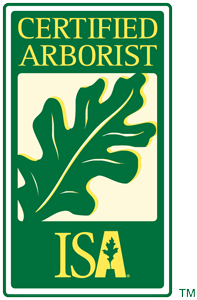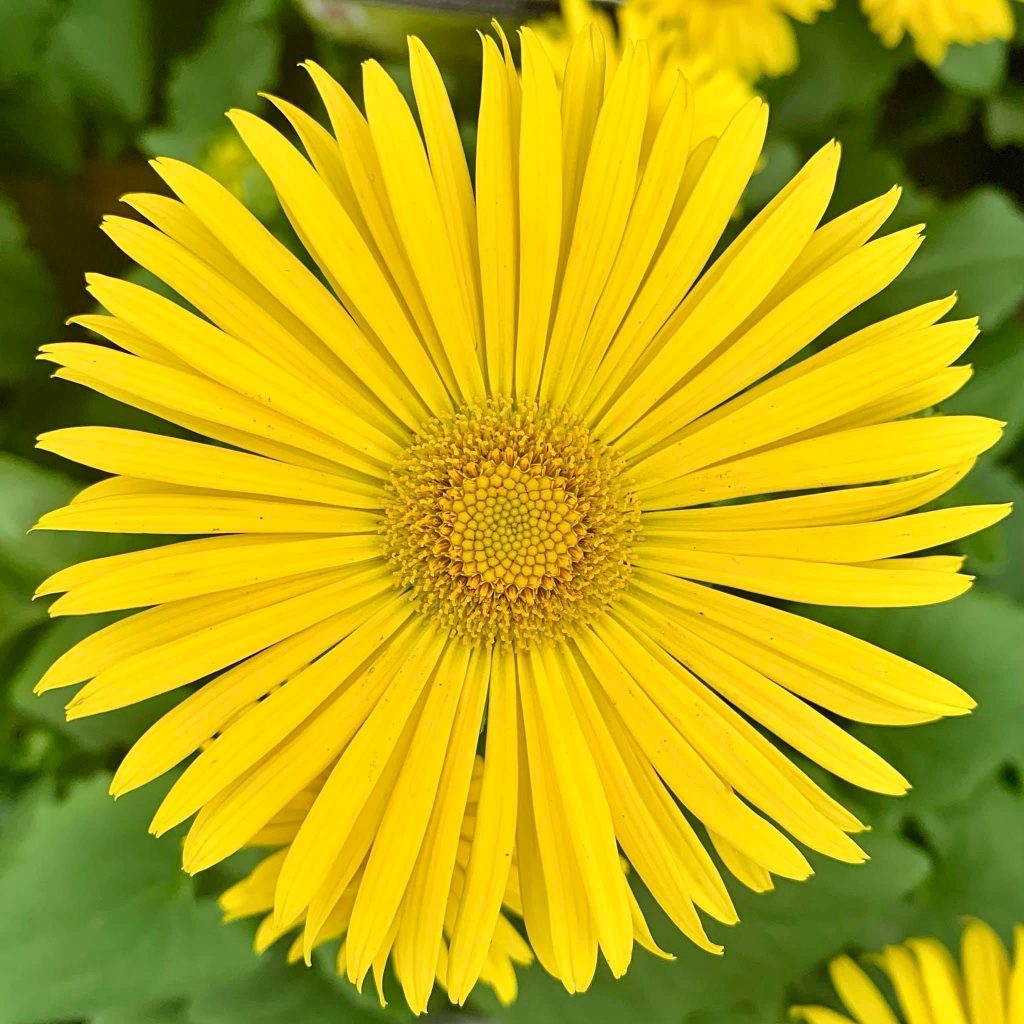
Spring is here, officially, and I’m really happy about it. Bulbs are pushing out, gardeners are getting busy in their gardens, and people are calling about spring garden work.
But the best is the warmer weather and colour in the landscape. My favourite early spring Doronicums aren’t popping up yet but the plants are now noticeable. And I can’t wait for shorts and t-shirts.
Spring projects
If you live in a strata complex maintained by Proper Landscaping then, chances are, your landscaping is ready for mowing season. I suspect we are one to two weeks away from the first mow.
Privately, I’ve set up a few mow gigs and I’m planning to use a new battery-operated mower. Not just because the price of gas has gone up; the model I want is light and the handles can be folded. Plus I won’t have to suck exhaust after hours.
Sidewalks
Sometimes spring clean-up can mean just blowing off your sidewalk and blade edging it. You get instant results and your neighbours thank you for not lowering neighbourhood property values.
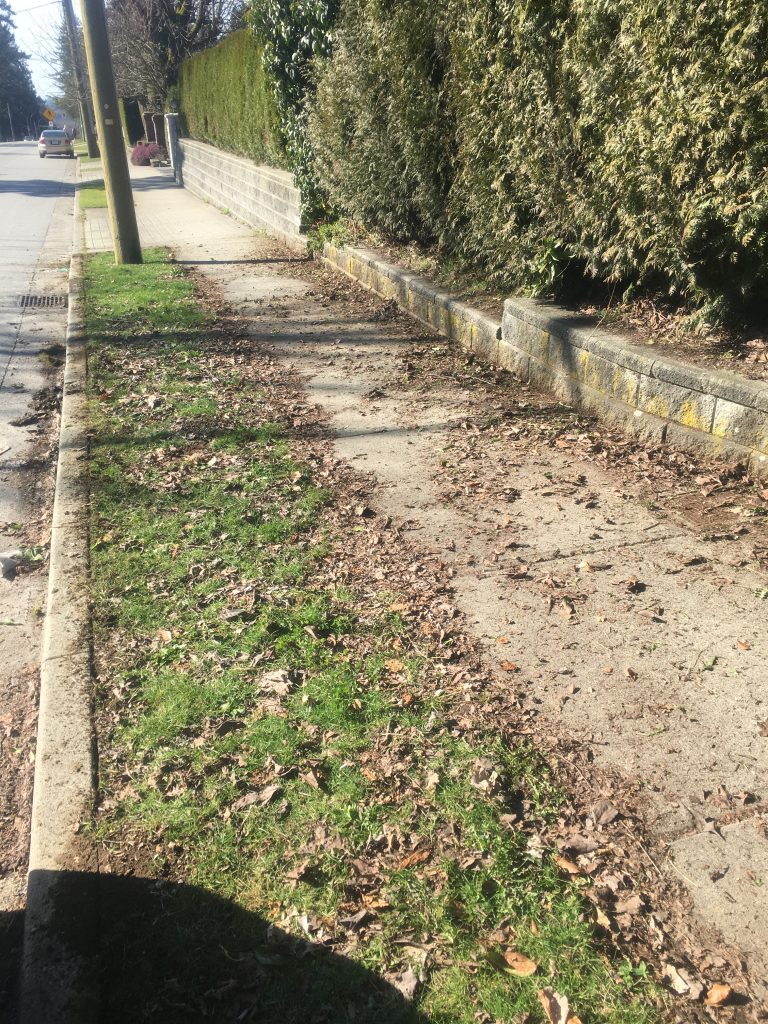
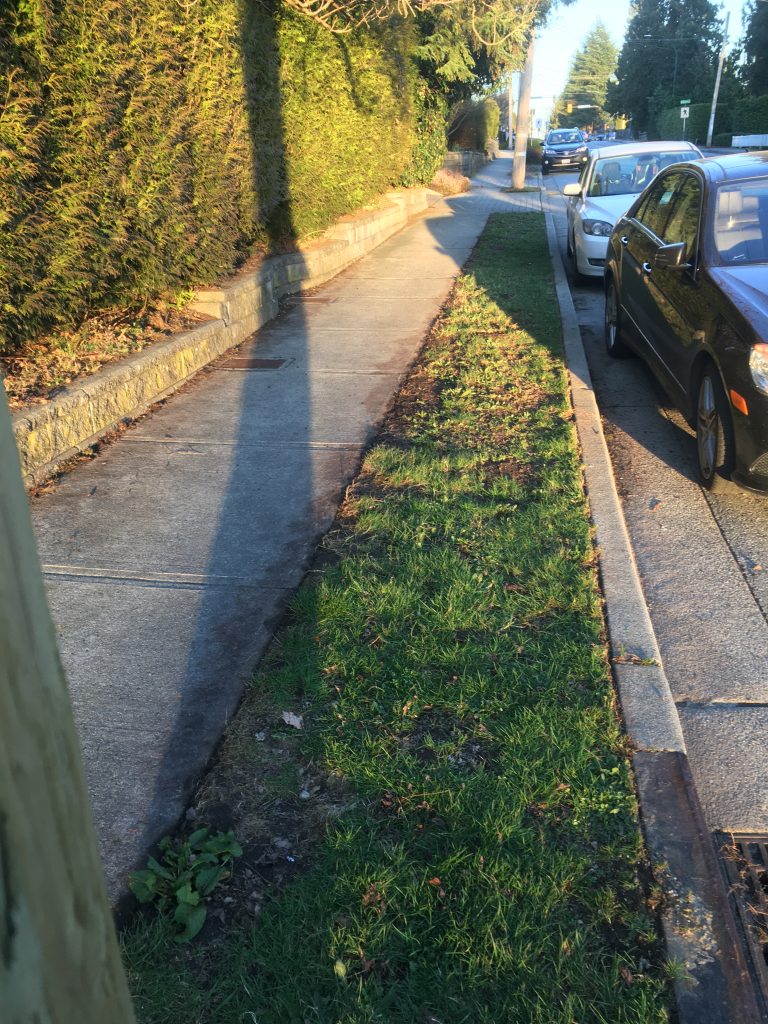
This is a quick fix. I love sharp lawn edges.
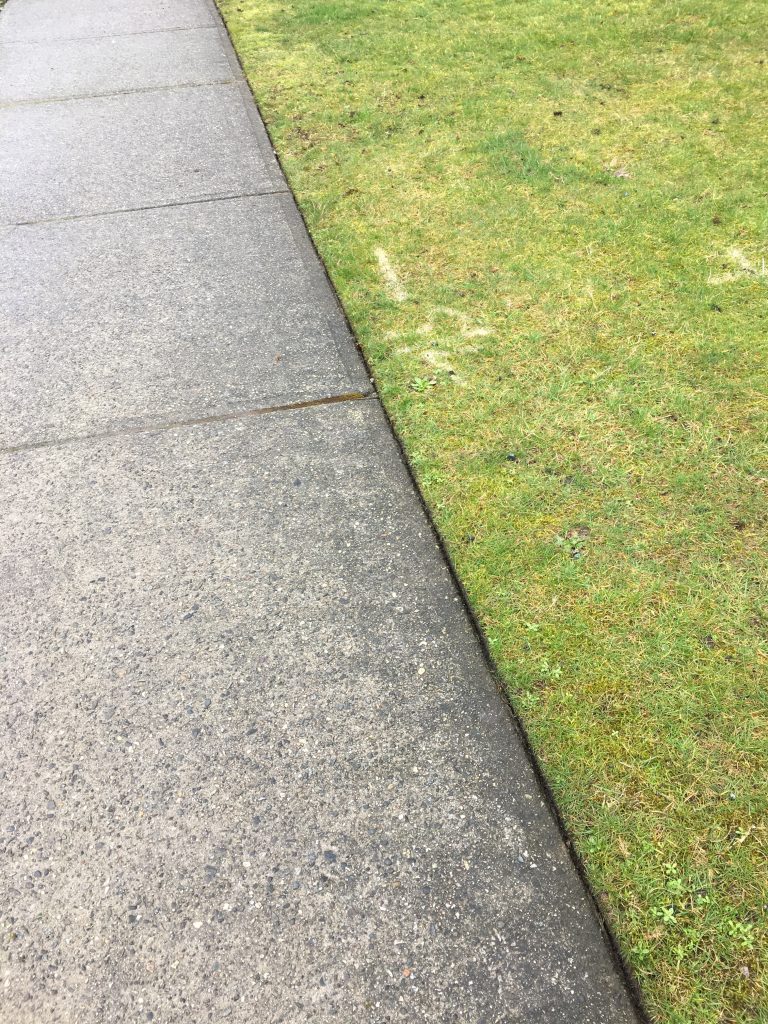
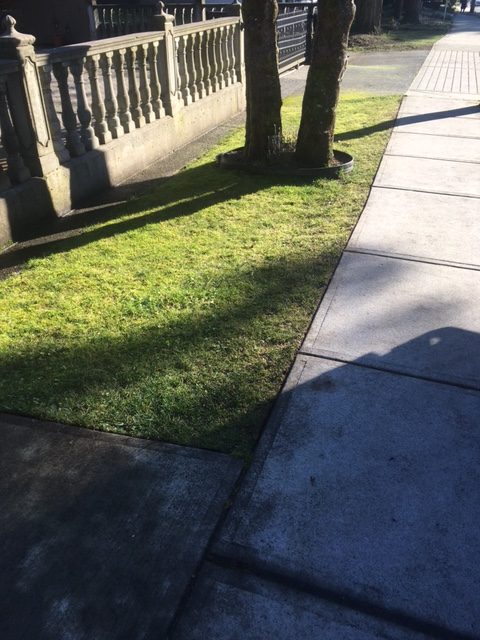
Lime and aerate
If you don’t do anything to your lawn all year, at least aerate it and put down lime. Lime should help with lowering the pH of your lawn from acidic to alkaline. But you will need to good heavy.
Aeration can be done with a hand tool on small lawn patches or with a machine on bigger patches. Extracting core plugs from your lawn allows water and oxygen to enter the root zone. It’s also a great chance to examine your grass. Pick up a core sample and see how good the roots are.
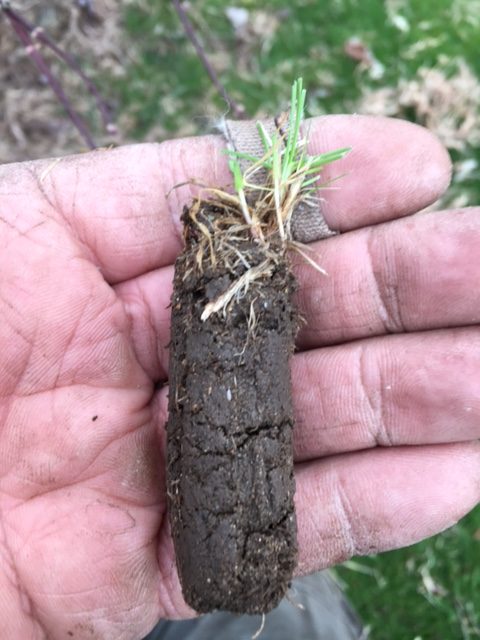
Weeds
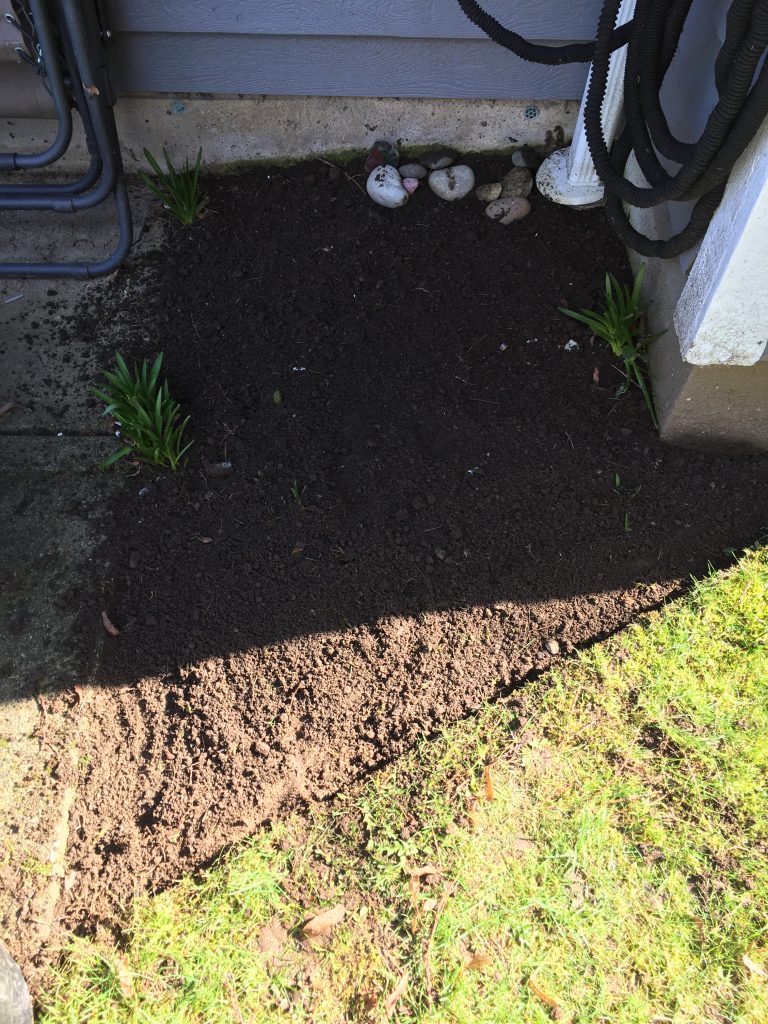
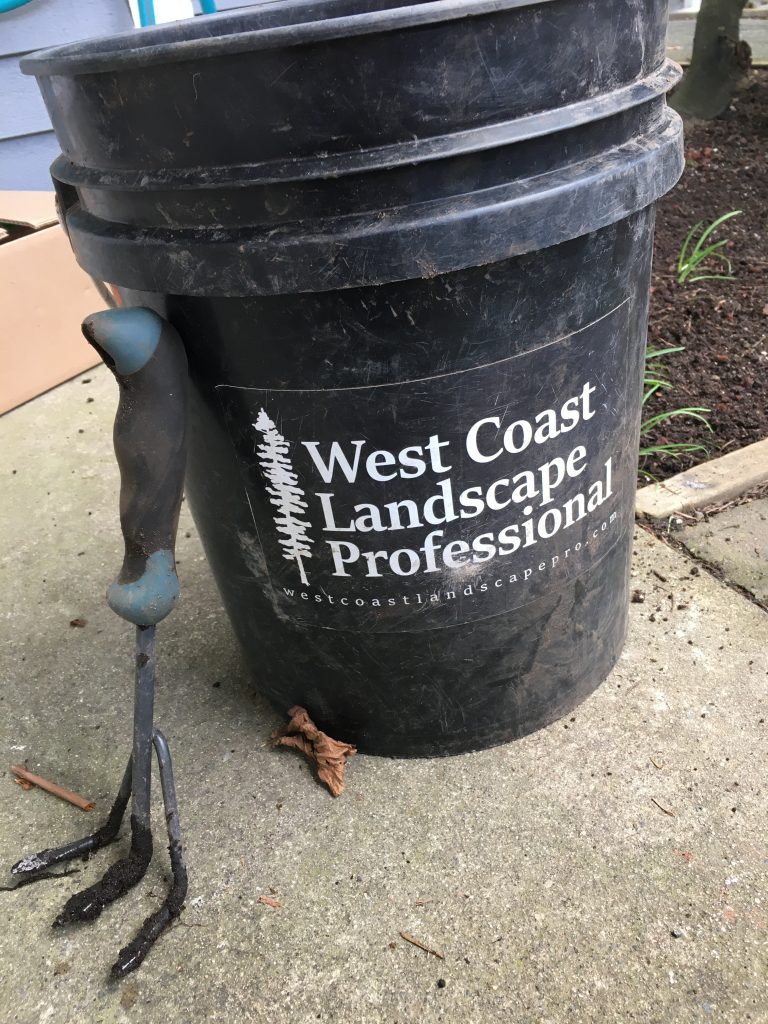
If you’re not up to weeding, you can always bury your garden with new mulch to keep the weeds down by depriving them of sunlight.
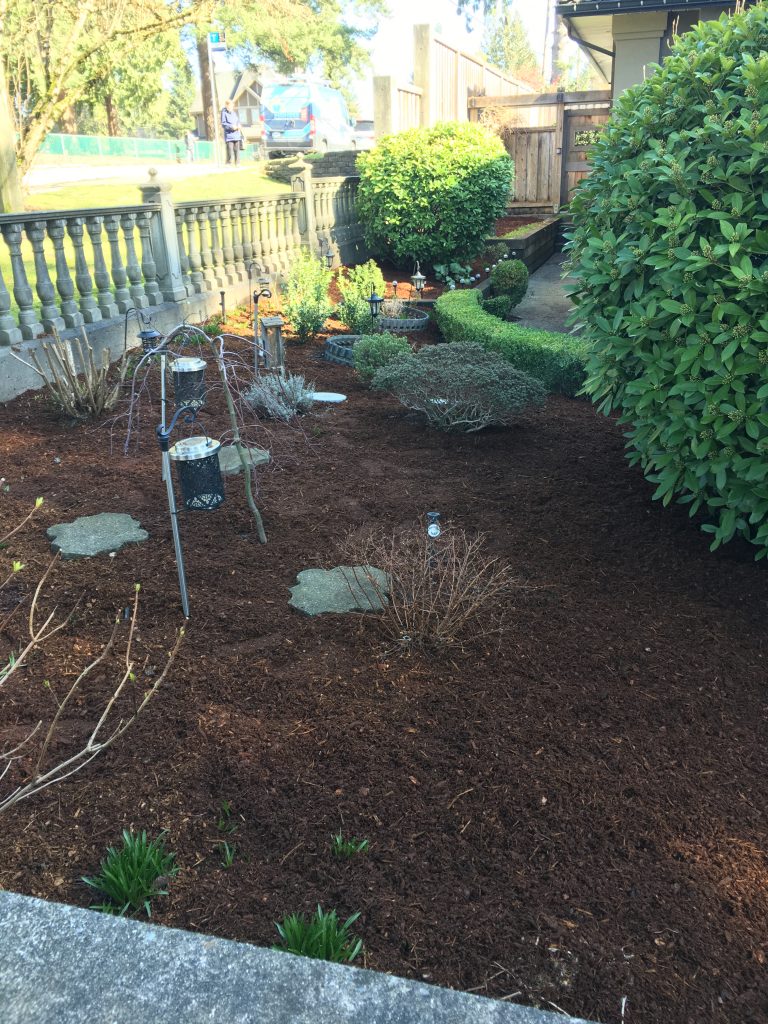
Enjoy the colour
Enjoy the spring
Spring 2022 is full of bad news, from COVID, inflation and interest rates to wars waged by maniac dictators. Beautiful spring gardens are exactly what we need to escape the bad news.
Enjoy the spring!


